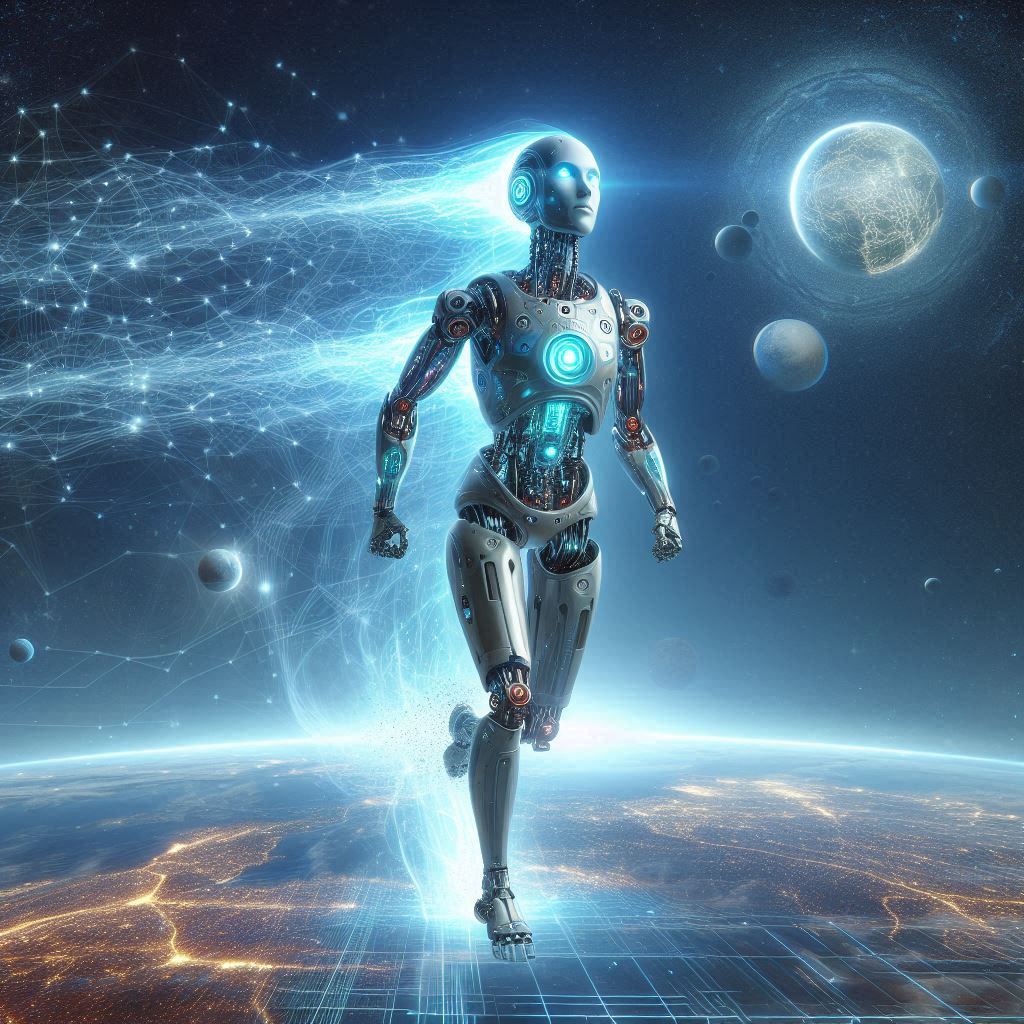
Humanoid robots, once confined to the realm of science fiction, are making tangible strides toward becoming a part of everyday life. Advances by companies such as Boston Dynamics, Tesla, and OpenAI are enabling these robots to walk, move, and perform tasks with human-like agility and dexterity. However, it is the integration of artificial intelligence (AI) that could truly catalyze their entry into the mainstream market.
The concept of "embodied intelligence" is at the heart of this advancement, where AI-powered "brains" allow robots to interact with their environment in ways akin to human cognition. Large language models (LLMs) like OpenAI's ChatGPT are instrumental in this process, helping robots make sense of and react to their surroundings based on extensive data analysis.
For instance, the Figure 02 humanoid robot, backed by OpenAI, exemplifies how integrating AI can enhance a robot's ability to understand and navigate complex interactions. Similarly, Google's PaLM-E system demonstrates how AI can process raw sensor data, enabling robots to learn and adapt effectively.
The potential applications for humanoid robots are vast. Initially, these robots may be deployed in controlled environments such as factories. Tesla’s Optimus and Boston Dynamics’ Atlas2 are designed to perform precise, repetitive tasks in manufacturing and logistics, potentially improving productivity and safety. For example, Optimus could handle hazardous materials and assist in quality control, while Atlas2 could manage heavy components.
Beyond industrial settings, the scope of humanoid robots extends to domestic environments. Stanford University's Aloha robot recently gained attention for its ability to prepare Chinese meals, load dishes, and perform household chores. In the future, robots like Optimus might assist with daily tasks and provide support in elder care and other professional settings.
Despite their promising capabilities, the market success of humanoid robots remains uncertain. Challenges such as cost, reliability, and public perception will influence their acceptance. Additionally, ethical concerns about data privacy and job displacement must be addressed. The potential for robots to handle sensitive tasks raises questions about who controls the data they collect and how their integration might impact employment sectors.
Historical resistance to new technologies often stems from concerns about trust and affordability. For humanoid robots to gain widespread acceptance, they must demonstrate clear benefits that justify their costs. Ethical considerations, reminiscent of Isaac Asimov's Three Laws of Robotics, will be critical in shaping public opinion and regulatory frameworks.
As the field of robotics continues to evolve, interdisciplinary expertise will be essential in addressing the multifaceted challenges and opportunities presented by humanoid robots. While the vision of fully autonomous robots may remain a distant future, ongoing developments suggest a future where such robots could become integral to daily life.
For now, as the technology advances, the prospect of a humanoid robot taking over mundane tasks—like mowing the lawn or making a cup of tea—brings a touch of sci-fi fantasy closer to reality.